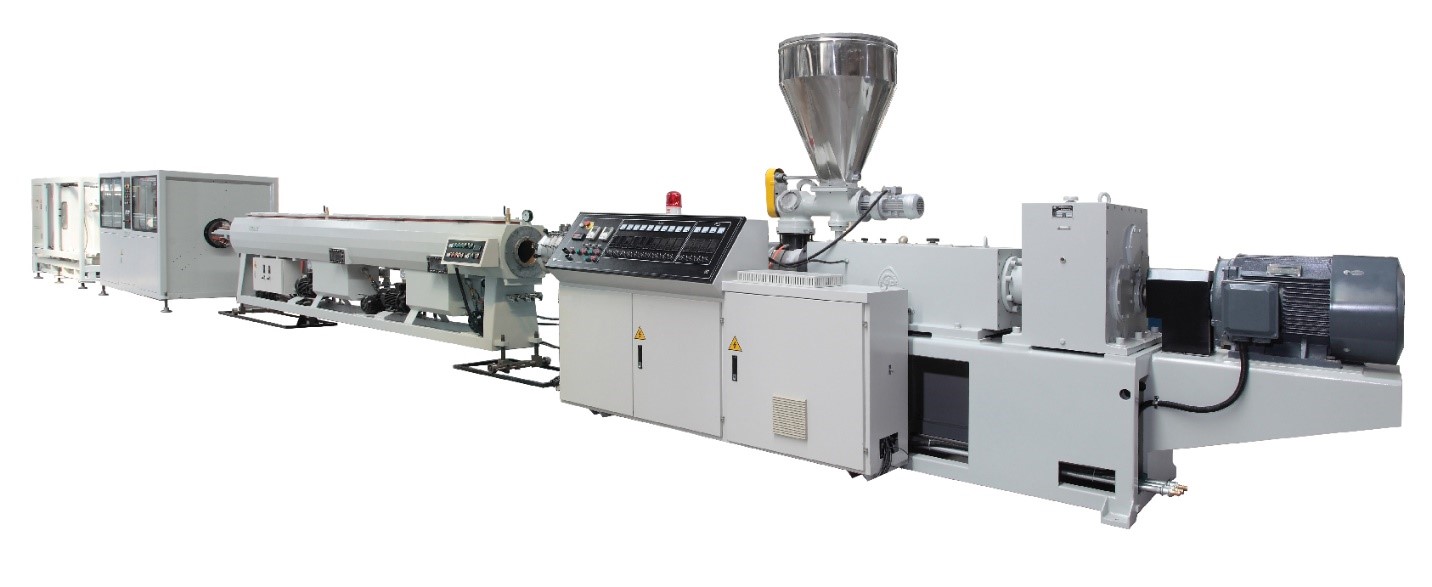- Call: +86-13584426116
- Email: info@borun-machinery.com
- Get a Quote
The Construction sector has become one of the engines of most economies. It is a sector that, as far as the plastics industry is concerned, is also very relevant. And tubes and profiles are undoubtedly essential components in many of the works that surround us. In this article, we will focus precisely on the extrusion of tubes and profiles.

For the manufacture of tubes and profiles, single-screw and double-screw extruders can be used, depending on the performance to be achieved and the materials to be used. Transformers are looking for profitable production and product quality, as well as a supply of machines with availability of various spindle sizes.
Tube and profile extrusion
The extrusion is based on an extruder with a cylinder and spindle design suitable for the type of material to be processed. For pipes it is very common to resort to PVC, although polyethylene pipe is increasingly frequent and even plastic composite pipes with aluminum are used, for example. What makes up the plastic when leaving the extruder is a head, which adjusts the shape to the required tube or profile dimensions. But that is not all, because to ensure the accuracy of the dimensions of the product it is necessary to go through the calibration.
After obtaining the appropriate dimensions in the calibration unit, the profile or the tube goes through a cooling unit. The exiting movement of the profile or tube of the extruder is assisted by pulling, which applies constant tension or stretching to the material so that it is always in motion. Finally, depending on the flexibility of the product, a cutting or winding unit prepares the product for distribution.
Calibration
The calibration provides the PVC pipes with the specified diameter and the circular shape that the product requires. An external calibration using vacuum or an internal calibration using pressure can be used.
In the case of smooth pipes, the most frequent system is vacuum calibration. The vacuum caused in the external part of the tube causes a pressure difference that causes the polymer to remain in contact with the metal forming tube, which have an internal diameter equal to the external diameter that is specified for the product.
In corrugated tube pressure calibration, the pressurized air enters through the ducts in the head and is injected into the still hot extruded tube. The resulting pressure difference molds the plastic wall against the movable formers, providing the product with the required rebar.
Cooling
The importance of cooling lies in the stability that the plastic acquires so as not to deform when passing through the draft unit, where the tube is subjected to pressures that could cause alterations in the required circular shape. It can be cooled by spraying or in immersion baths. The first system is used for large diameter pipes where production speeds are low and the spray can achieve effective cooling, due to the long residence time of the product inside this equipment.
In the bath the tube goes through a container filled with constantly cooling water.
Cutting
When choosing the winder, you must also take into account the type of product to be wound. But many tubes and profiles must be cut when exiting the extruder in equal lengths, either for lack of flexibility to be wound or for other considerations. When choosing the cutting system, the diameter and thickness of the wall, the raw material used, the shape and quality of the cut and the length of the cut must be taken into account.
When considering how to buy PVC pipe extrusion line, it is important to ensure that your supplier understands your production needs. Also, your supplier should be able to provide aftersales services such as guide on the installation process.